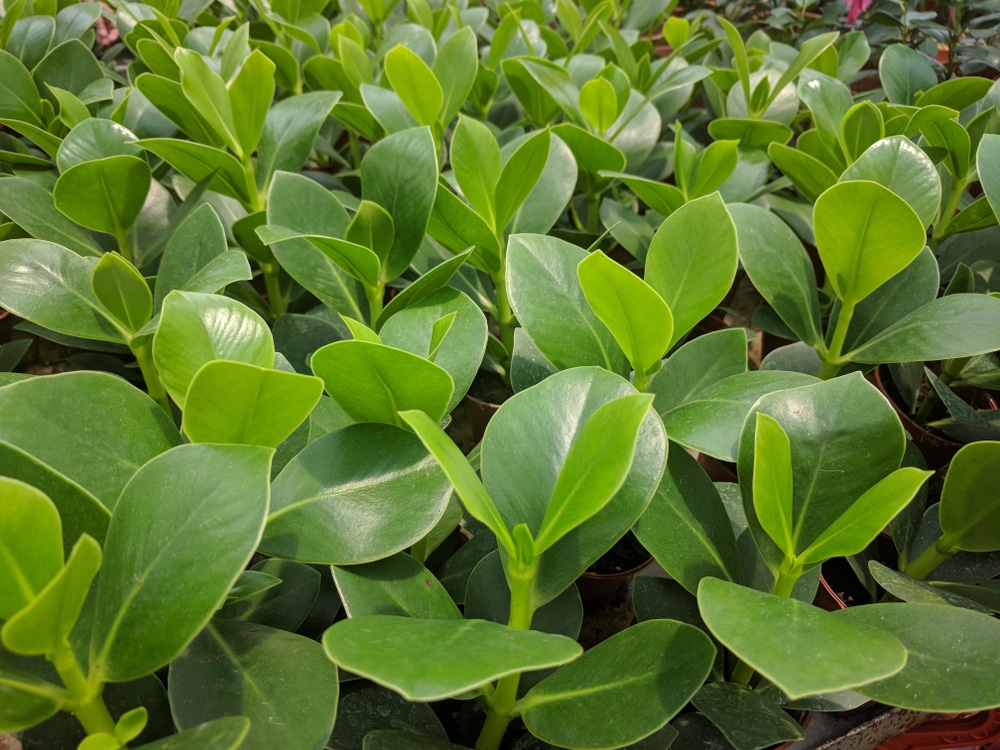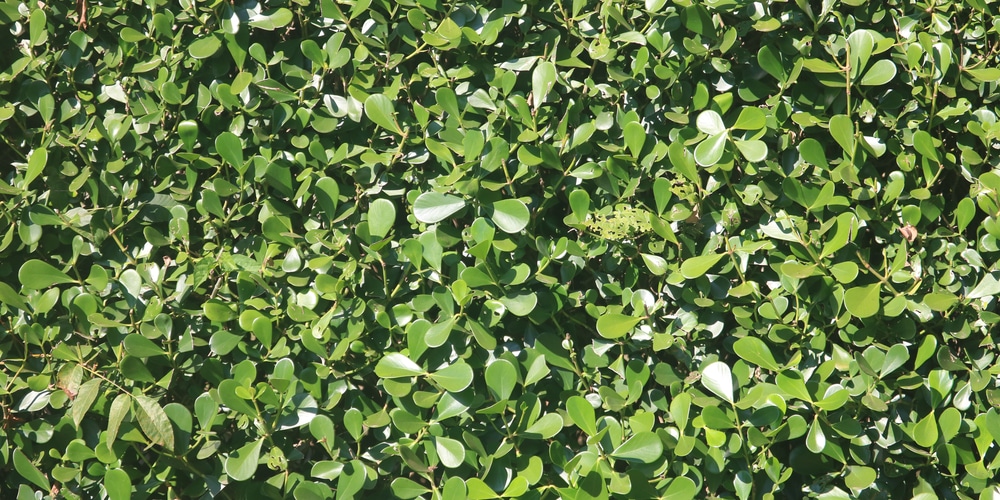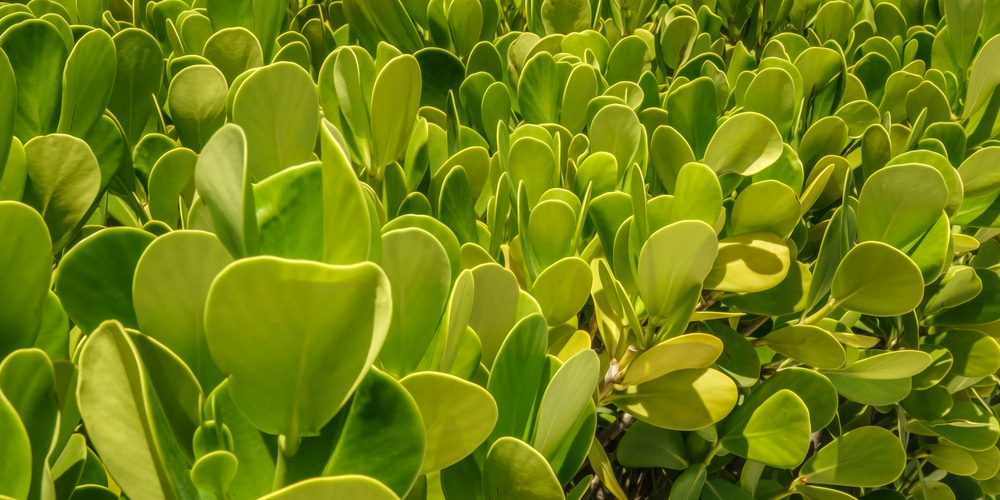Clusia is known for its dark green foliage that grows dense and hardy on this shrug. Clusia is easy to care for and maintain as a hedge, making it a popular option for those who want to grow it as a fence. This article will detail a little more about the Clusia and how to grow one of your own. We’ll also look at how to plant a Clusia hedge.
What Is a Clusia

As detailed above, clusia is known for its dense green foliage. It makes a perfect fence and is easy for even beginner gardeners to grow and shape. This shrub originated in Central America and the Caribbean.
This shrub is considered evergreen and grows best in warmer climates. They like a temperature of at least 30 Fahrenheit, but ideally, they prefer a temperature of around 50 Fahrenheit. It’s popular in southern states such as Florida. It can grow up to 65 feet tall, making it perfect for those who want plenty of privacy.
Clusia needs fertile soil and full sun to grow well. Water your clusia regularly to protect them from the heat and keep them lush.
How to Plant Clusia Hedge
Next, we’ll grow through the steps of planting a clusia one by one, from planning to trimming and everything in between.
Planning
The first step should be to plan out where your hedge will go. If you are using it as a fence line, this may involve having your hand surveyed or contacting your local city council for information on your property lines. You will want to plant your clusia a little back from your property line in order to keep it from growing into a neighbor’s property.
Digging
Dig holes for your clusia shrubs around 5 feet apart along the line that you just planned out.
The holes should be about as deep as the root ball. They should also be about three times as wide as the root ball.
Transplant
Take your clusia plants out of their containers and place them in your newly dug holes. You can fill the rest of the hole up with soil. Choose a soil that’s rich with organic material.
Pack the soil around the root ball firmly to keep the clusia upright.
Water
Give the clusia a thorough watering after transplanting. It is recommended that you water each shrub for at least 15 minutes. This will help your clusia acclimatize to its new surroundings and begin new growth.
Mulch
Finish up by placing a thick layer of mulch at the base of your new shrubs. Keep a 4-inch circle of bare soil at the base of each clusia plant.
Maintenance
As your clusia grows, water it daily for the next two weeks until your clusia is well established in the soil.
After two weeks, you can switch to watering whenever the soil is dry. Depending on the time of year, this can be every day to every week.
Trimming a Clusia
A clusia hedge requires regular trimming in order to remain in the shape you want and dense enough to be a privacy screen.
Trimming can be done with shears or a power trimmer. Regular trimming will keep your hedge healthy and promote growth.
Disease and Pests
Clusia is one of those plants that are relatively free of disease. You shouldn’t have any problem so long as you are meeting their growing requirements.
For pests, the main concerns are thrips and scale insects. For both, you can treat your clusia with insecticide soap or neem oil.
How to Plant Clusia Hedge: Conclusion
Clusia hedges can be an elegant addition to any garden with the bonus of adding privacy. Clusia are very easy to grow and maintain, making them good for even novice gardeners to attempt. It’s easy to learn how to trim a Clusia hedge.

